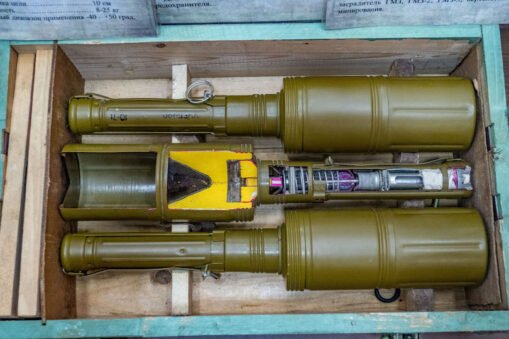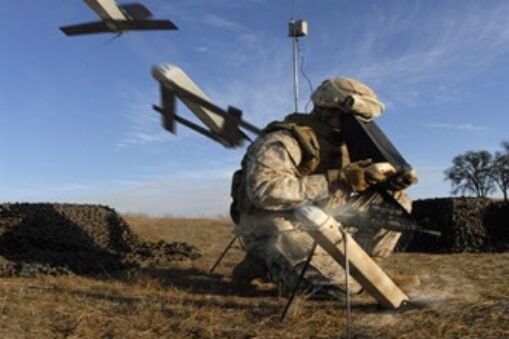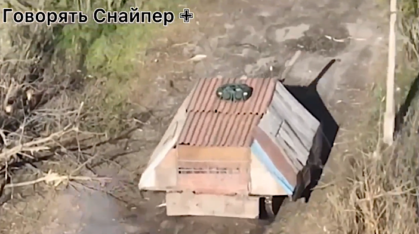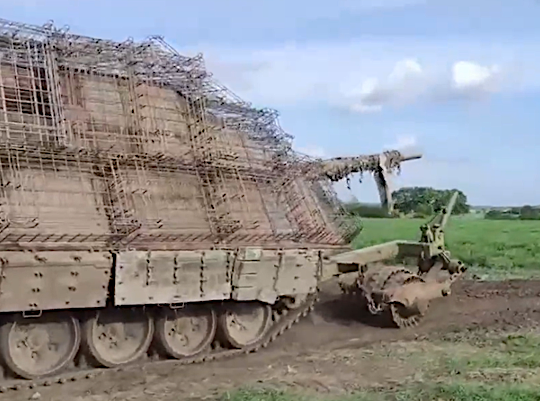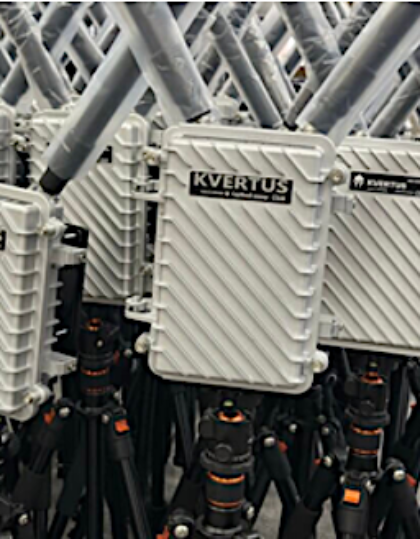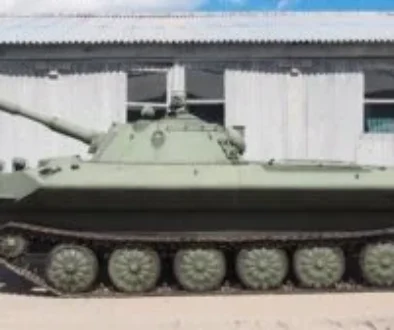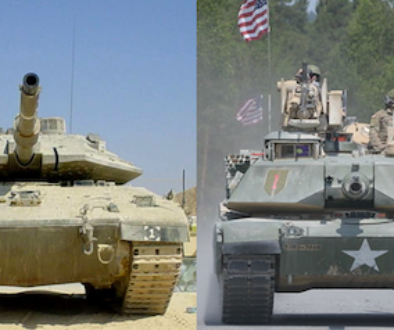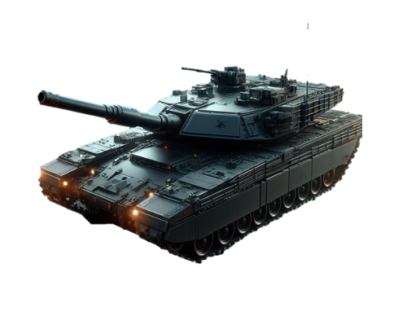Modern Tank Countermeasures Against Drones and Future Technological Innovations
In today’s evolving battlefield, drones have emerged as a potent threat to armored vehicles, posing challenges to their survivability and effectiveness on the battlefield. As the use of drones becomes more prevalent among adversaries, armored forces must develop effective countermeasures to neutralize this threat. In this article, we will explore the best ways modern tanks currently defeat drones and how future technological innovations can further enhance their capabilities in this regard.
The Rise of Drone Threats:
The proliferation of drones, both commercially available and military-grade, has revolutionized modern warfare by providing adversaries with inexpensive and versatile platforms for surveillance, reconnaissance, and precision strikes. Armed drones, in particular, pose a significant threat to armored vehicles, as they can deliver lethal payloads with pinpoint accuracy, bypassing traditional armor defences and posing challenges to conventional tactics.
CURRENT COUNTER MEASURES:
Electronic Warfare (EW) Systems:
Modern tanks are equipped with advanced electronic warfare (EW) systems designed to detect and disrupt the communications and control signals of hostile drones. These EW systems can jam drone signals, causing them to lose control or enter a fail-safe mode, effectively neutralizing their ability to carry out attacks.
Right: R18 drone test bombing via RKG-1600 in “Shyrokyi Lan” range. Source: Аеророзвідка / Aerorozvidka
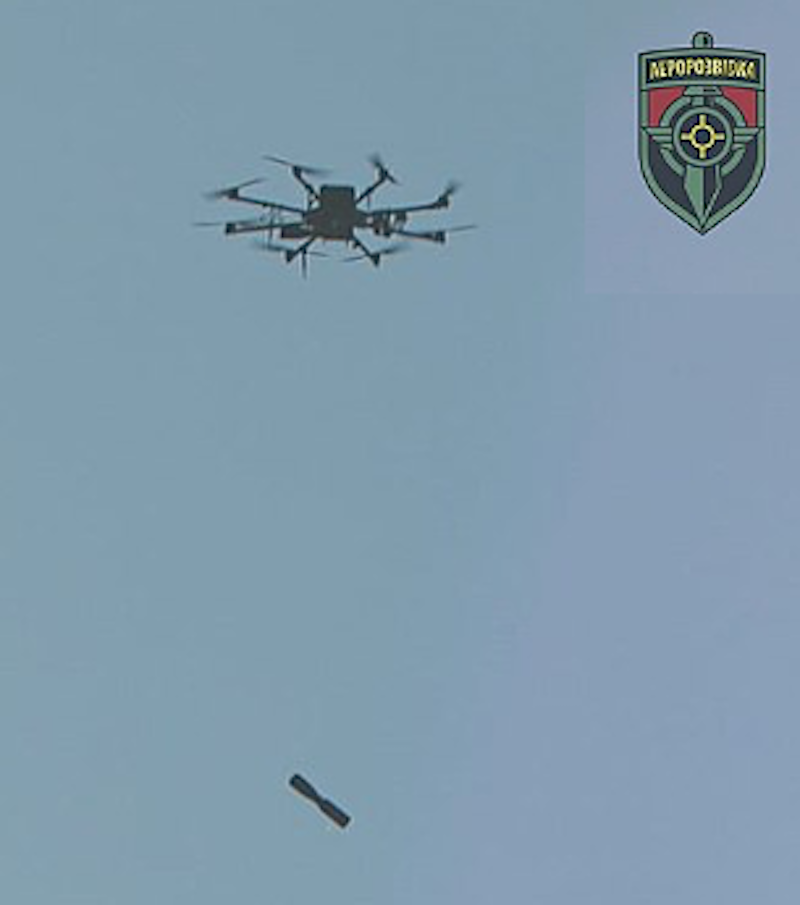
Kinetic Countermeasures:
Some tanks are equipped with kinetic countermeasures, such as close-in weapon systems (CIWS) or automated cannons, capable of engaging and destroying drones in flight. These systems provide a last line of defence against drones that penetrate the tank’s electronic and passive defences.
Right: Pictured is the launching of two AeroVironment Switchblades which is an expendable miniature loitering munition UAV that can be used for reconnaissance and engaging targets with a warhead the equivalent of a 40mm grenade. Source: / Wikipedia
Kinetic Countermeasures:
Some tanks are equipped with kinetic countermeasures, such as close-in weapon systems (CIWS) or automated cannons, capable of engaging and destroying drones in flight. These systems provide a last line of defence against drones that penetrate the tank’s electronic and passive defences.
Directed Energy Weapons (DEWs):
Directed energy weapons, such as high-energy lasers or microwave emitters, have shown promise as effective countermeasures against drones. These weapons can rapidly heat and destroy the electronic components of drones, causing them to malfunction or crash.
Right: Pictured is the launching of two AeroVironment Switchblades which is an expendable miniature loitering munition UAV that can be used for reconnaissance and engaging targets with a warhead the equivalent of a 40mm grenade. Source: U.S. Army AMRDEC Public Affairs / Wikipedia
Anti-Drone Netting:
Specialized anti-drone netting systems can be deployed around armored vehicles to ensnare and disable drones attempting to approach or attack. These netting systems use lightweight, high-strength materials to entangle drones in mid-air, rendering them inoperable.
If necessity is the mother of invention then what is desperation?
Is this the tank’s version of 1914, when the machine gun drove armies in to trenches, except in this case, tankers are now buttoned down, with poor visibility and in some cases using defensive measures that remove the advantage of the turret?
Russian tanks are increasingly resembling ‘heath Robinson’ garden sheds or extras from a ‘Mad Max’ dystopian world instead of Main Battle Tanks. Perhaps this represents what might happen to the tank, unless there is greater investment of time, money and brains to defeat or, at the very least, deflecting the drone threat.
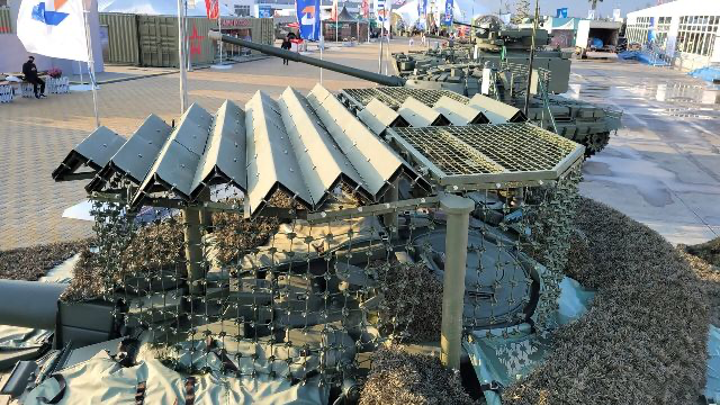
Anti-drone grills in place
FUTURE TECHNOLOGICAL INNOVATIONS:
Artificial Intelligence (AI) Integration
Future tanks may incorporate artificial intelligence (AI) algorithms to enhance their ability to detect, track, and engage drones autonomously. AI-driven systems can analyze vast amounts of sensor data in real-time, enabling tanks to identify and neutralize drone threats more effectively.
FUTURE TECHNOLOGICAL INNOVATIONS:
Artificial Intelligence (AI) Integration
Future tanks may incorporate artificial intelligence (AI) algorithms to enhance their ability to detect, track, and engage drones autonomously. AI-driven systems can analyze vast amounts of sensor data in real-time, enabling tanks to identify and neutralize drone threats more effectively.
Kvertus is supplying the company’s AD Counter FPV jamming system to the Ukrainian military to provide protection against tactical FPV UAVs. Source: KVERTUS & Ukrainian Armed Forces
Ukraine’s Minister of Digital Transformation, Mykhailo Fedorov announced in January of 2024, the development of an anti drone system for use on Ukrainian armoured and soft skin vehicles.
By generating a region of white noise, a drone flying into that region is said to cause the drone pilot to lose control over the drone causing it to miss its intended target or switches to a inactive mode causing it to either land or crash.
The Russian, too are deploying such systems in Ukraine.
Fitting to vehicles is a matter of moments and requires no specialist power supplies so, in theory at least, they can be deployed by the average soldier in the field..
Since there is a necessity in keeping the opposition in the dark vis-a-vis operational security, the effectiveness of these systems on either side, is open for debate but it does seem that they don’t always prove effective, film of vehicles, purportedly using these anti-drone protection, has been seen.
Advanced Sensor Fusion:
Next-generation tanks could leverage advanced sensor fusion technology to integrate data from multiple sources, including radar, infrared, and electro-optical sensors, to provide a comprehensive picture of the battlefield environment. This enhanced situational awareness would enable tanks to detect and respond to drone threats with greater precision and speed.
Counter-Drone Swarm Tactics:
Future tanks may employ counter-drone swarm tactics, deploying their own drones equipped with electronic warfare payloads or kinetic interceptors to neutralize hostile drone threats. These drone swarms could overwhelm enemy drone defenses and disrupt their operations effectively.
Laser Point Defence Systems:
LPDSystems, capable of rapidly engaging and destroying drones with high-energy laser beams, represent a promising technology for future tank defences. These systems offer precise targeting and virtually unlimited ammunition, making them ideal for countering swarms of drones.
In summery then, as the threat posed by drones continues to evolve, modern tanks must adapt and develop effective countermeasures to ensure their survivability and effectiveness on the battlefield. Through a combination of electronic warfare systems, kinetic countermeasures, and future technological innovations such as artificial intelligence, advanced sensor fusion, and directed energy weapons, tanks can maintain their dominance against drone threats. By staying ahead of the curve and investing in cutting-edge technologies, armored forces can defend the skies and maintain their operational superiority in any environment.
In today’s evolving battlefield, drones have emerged as a potent threat to armored vehicles, posing challenges to their survivability and effectiveness on the battlefield. As the use of drones becomes more prevalent among adversaries, armored forces must develop effective countermeasures to neutralize this threat. In this article, we will explore the best ways modern tanks currently defeat drones and how future technological innovations can further enhance their capabilities in this regard.
